Carbon pricing has been highly criticized, but designing policies to address concerns can yield outcomes that are effective and equitable.
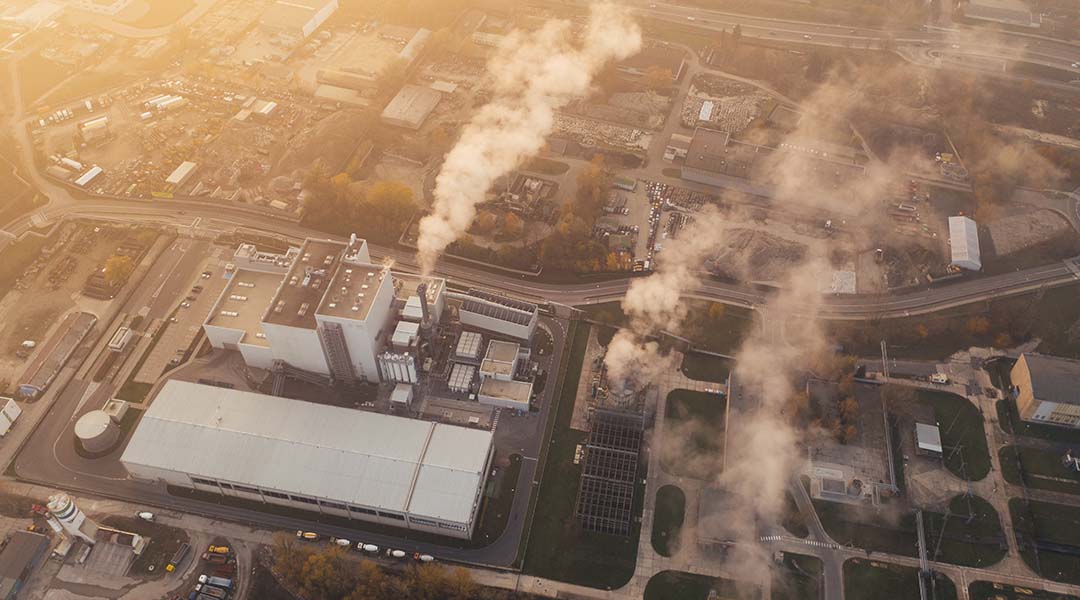

Carbon pricing has been highly criticized, but designing policies to address concerns can yield outcomes that are effective and equitable.
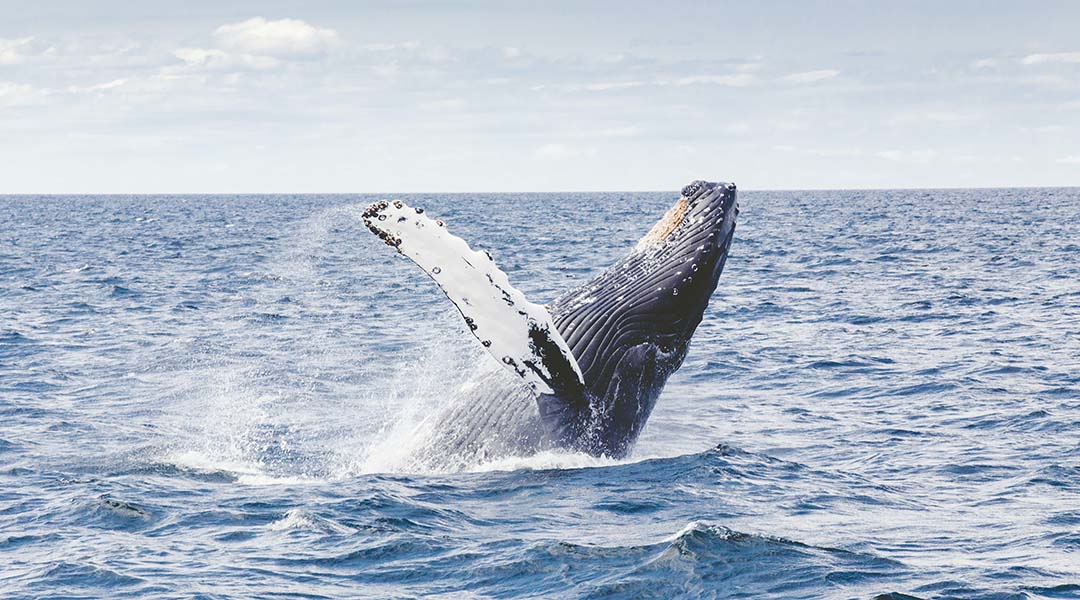
As humpback whale populations increase, two decades worth of data finds they are shifting from singing to fighting as their preferred mating strategy.
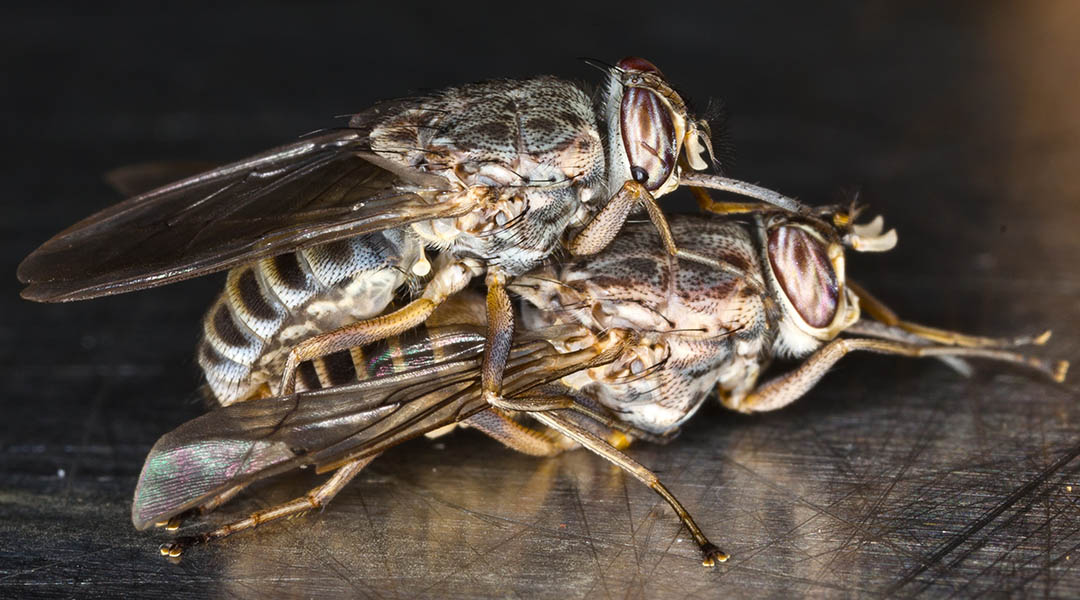
Understanding the chemical language of love used by tsetse flies helps combat the spread of a lethal human parasite.
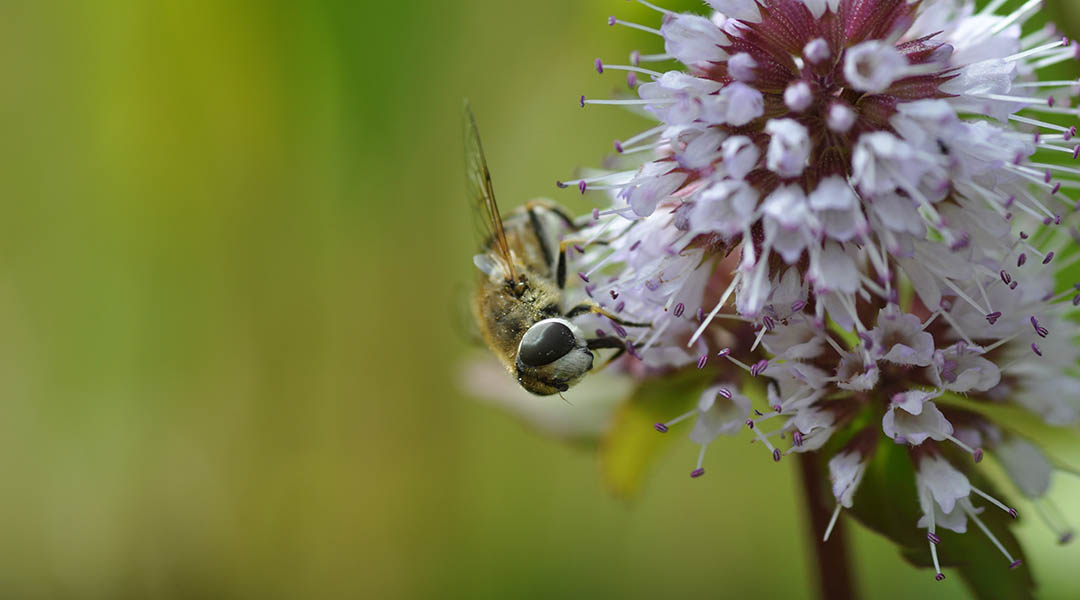
Data collected over the last 100 years in northern Finland demonstrates drastic changes pollinator species linked to climate change.

Splitting water with light via photocatalysis to create hydrogen could help reach net zero emission goals if the process can be scaled up.

Cat personality has been linked to hunting behavior, and understanding which breeds are more prone could help minimize impact on wildlife.

Recreating the bead-like structure of seal whiskers grants scientists insight into new underwater technologies.

Though important, there are trade-offs to achieving the UN’s sustainable development goals when it comes to carbon capture and utilization.
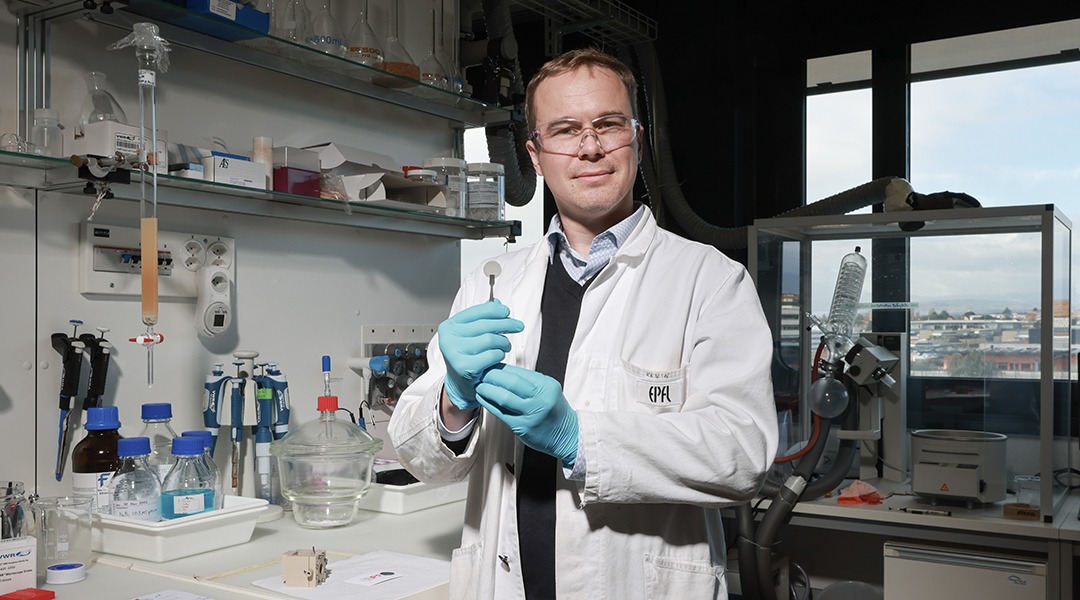
Taking inspiration from plants, researchers demonstrate a proof-of-concept device that extracts hydrogen fuel from humidity using sunlight.

A new study shows that even after millennia of apparent climate stability, global temperatures might suddenly increase at dramatic speeds.